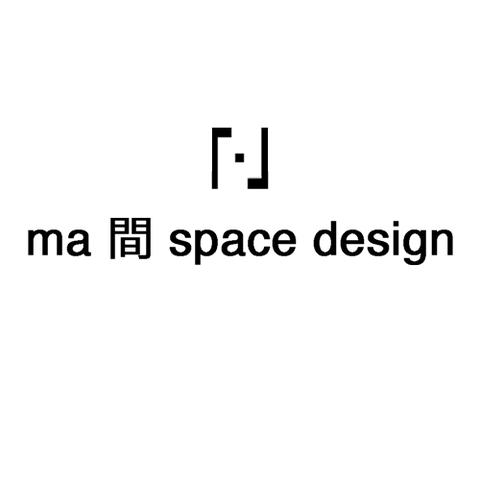origami 折り紙

Whenever I visit Kamakura, I always stop by a small Japanese paper shop that sells beautiful traditional washi (和紙). I usually pick up packs of small origami paper made from various Yuzen Chiyogami (友禅千代紙) - each sheet decorated with intricate, colourful patterns inspired by Yuzen dyeing, the same technique used to create exquisite kimono textiles.
Origami (折り紙) - from ori meaning "folding" and kami meaning "paper" - is the art of paper folding. It is a traditional Japanese pastime where a single square sheet is transformed into shapes representing animals, plants, and everyday objects through precise, delicate folds.
Origami evolved from an earlier practice called Origata (折形), which originated during the Kamakura period (1185-1333). Origata refers to the formal method of wrapping gifts using Japanese paper, often for ceremonial or ritual purposes.
During the Edo period (1603-1868), Origami developed further and became popular among common people as a form of creative entertainment and play - blending artistry, mindfulness, and the beauty of simplicity.
Each time I fold a pice of Yuzen Chiyogami, I feel connected to the long tradition - a quiet reminder of how beauty can be created with care, patience, and a single sheet of paper.
